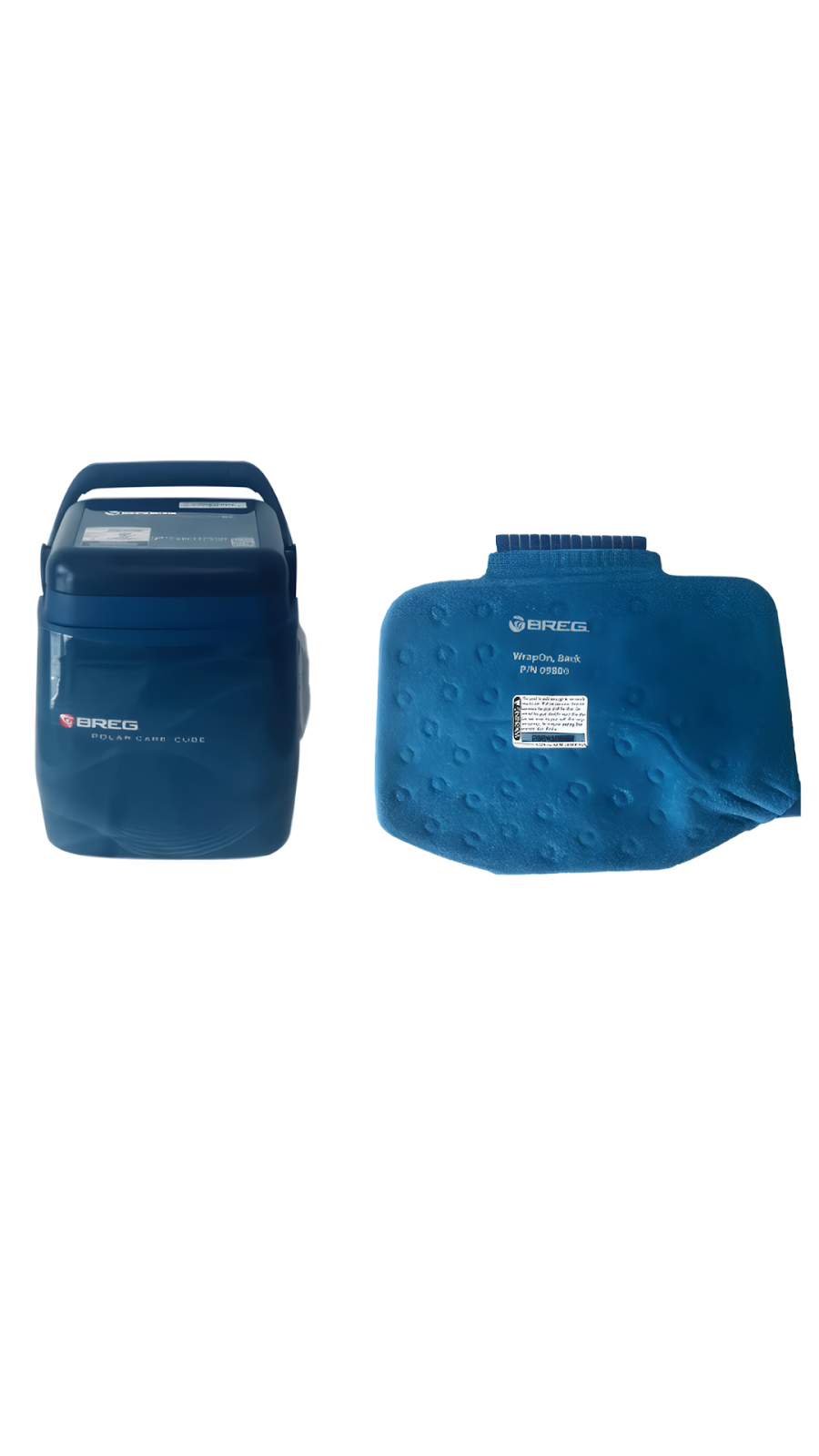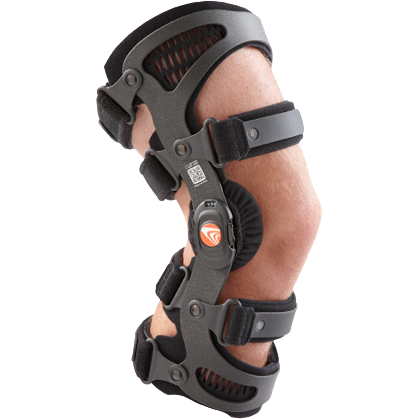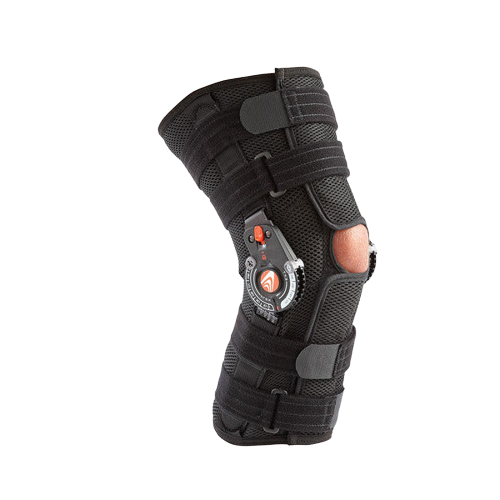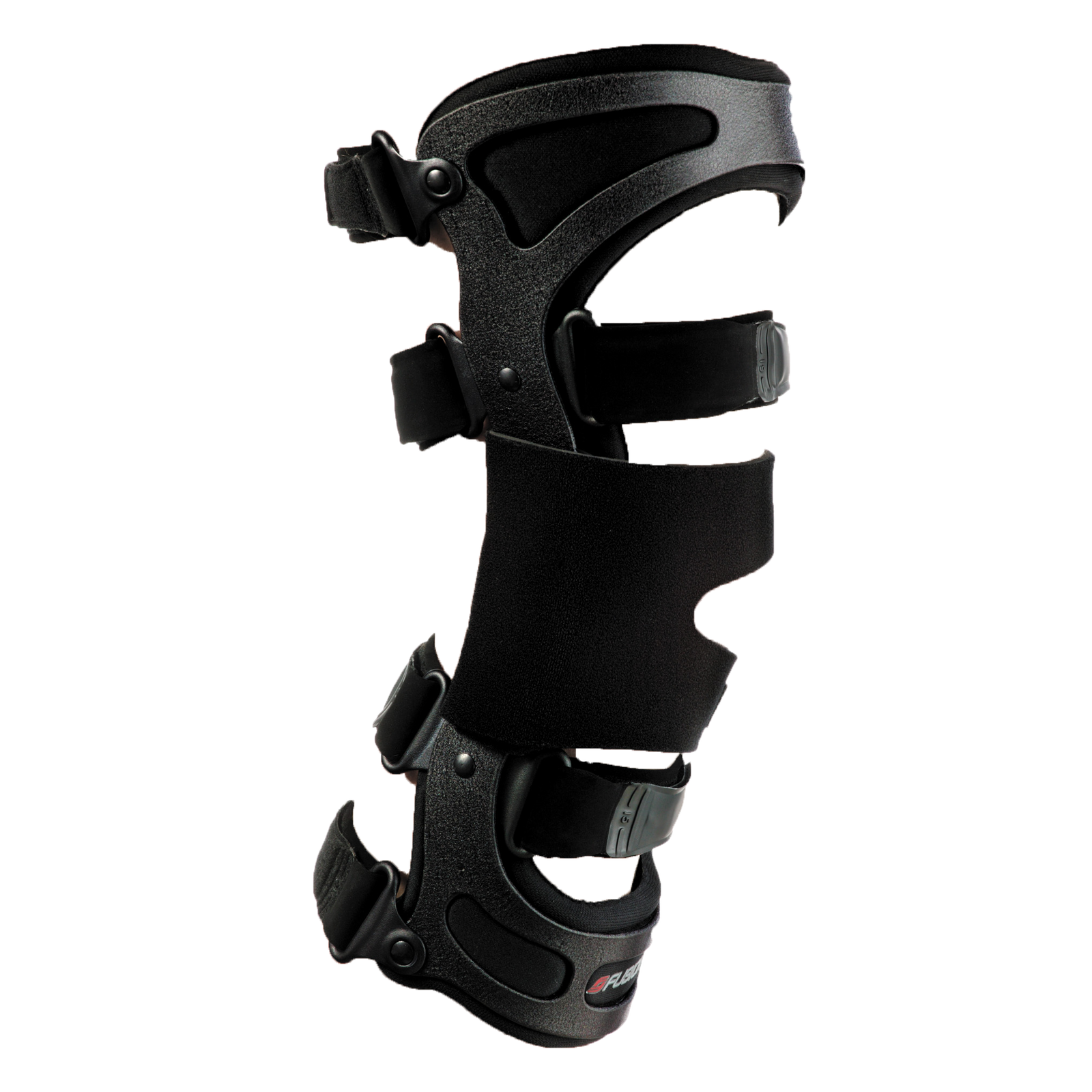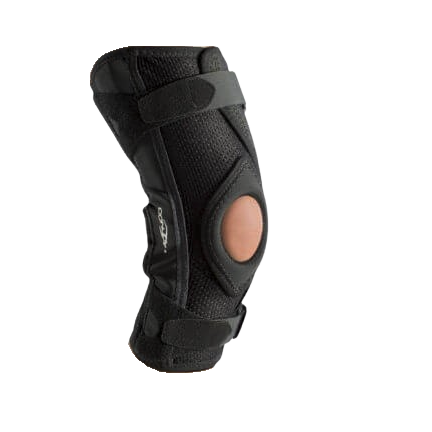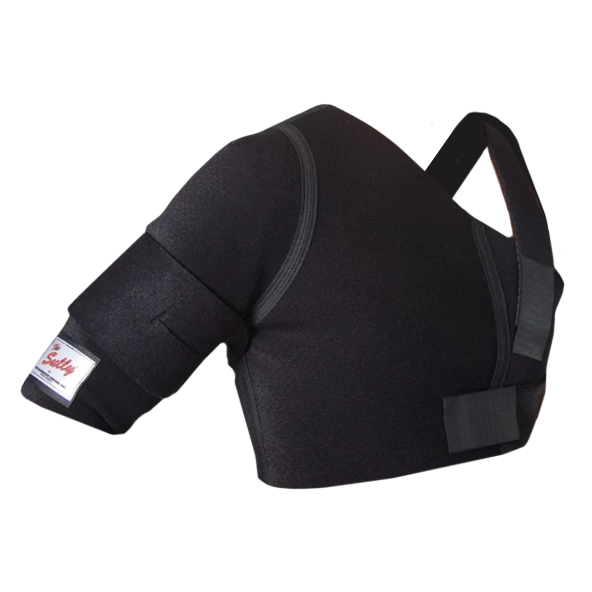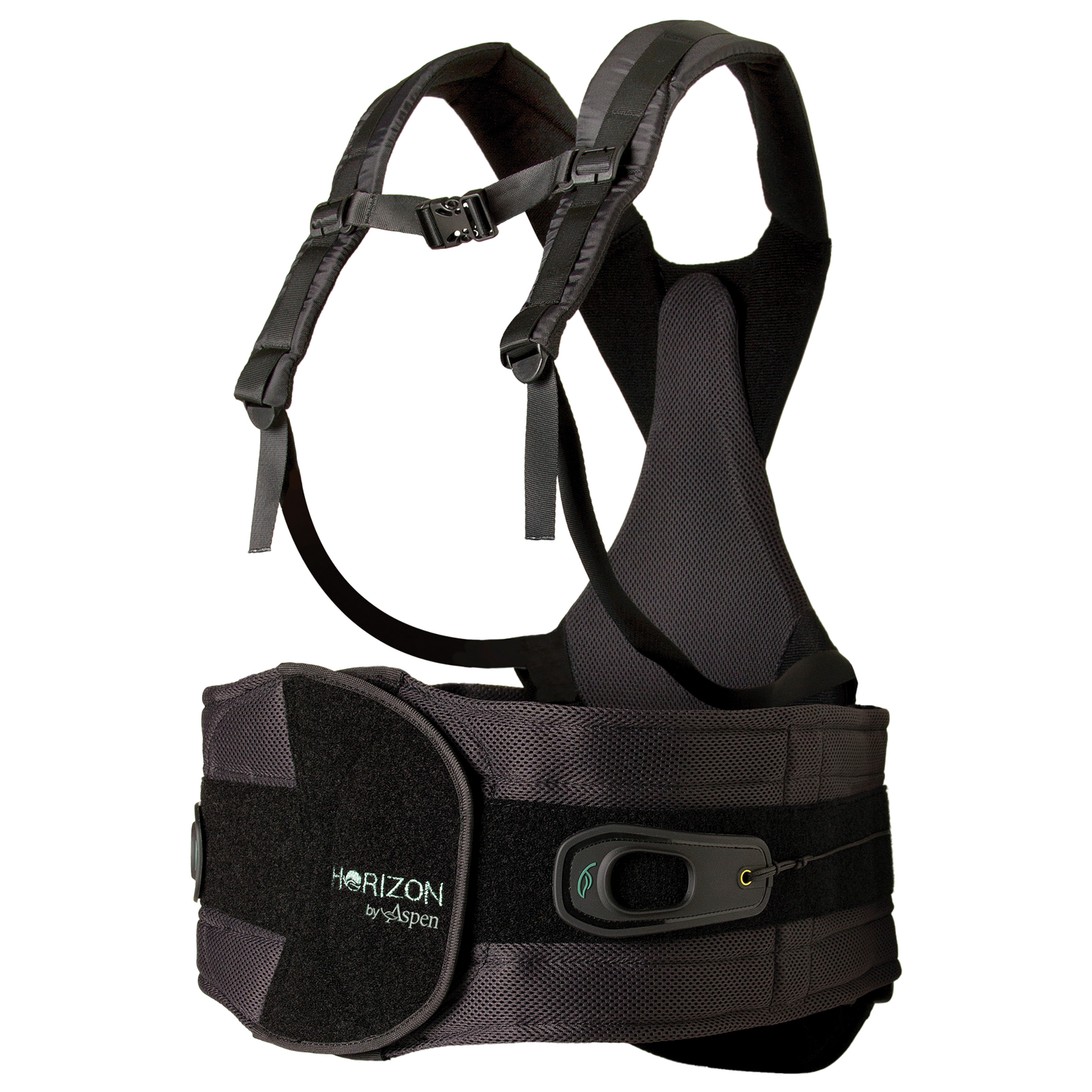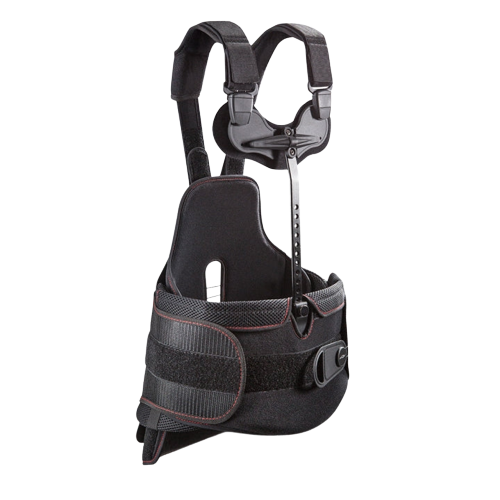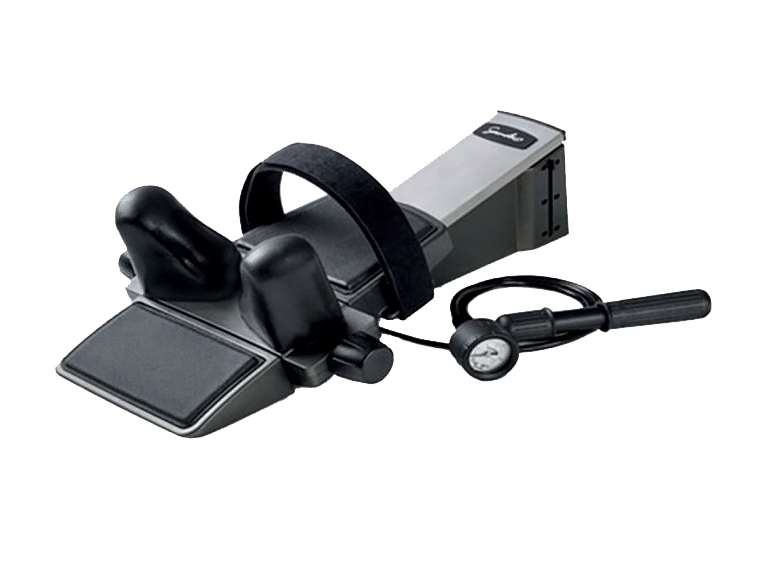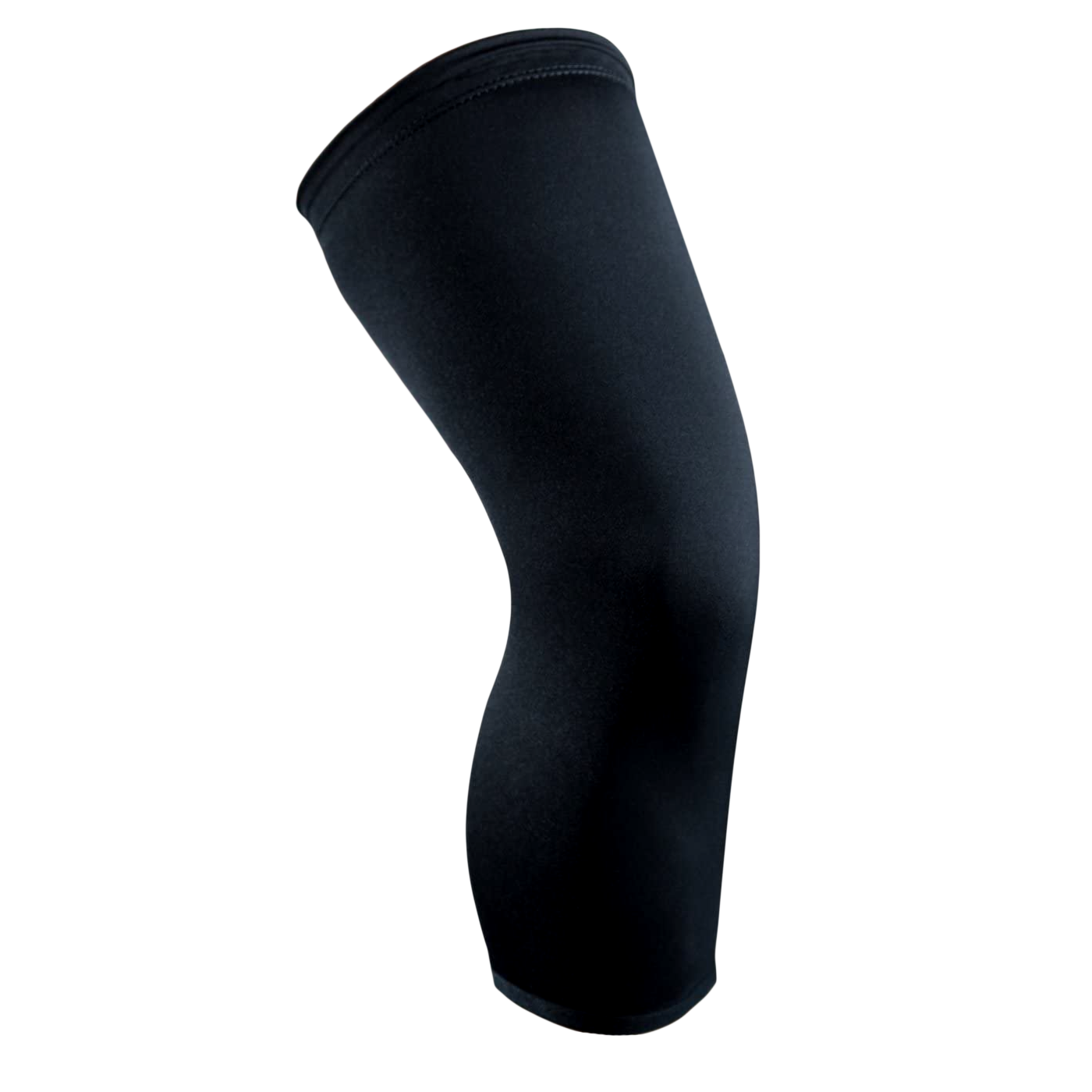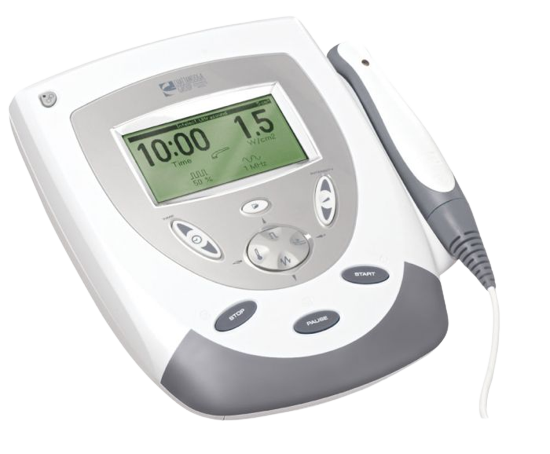
|
Definition: Shoulder replacement surgery, also known as shoulder arthroplasty, is a procedure where the damaged or arthritic shoulder joint is replaced with artificial components. This surgery is performed to reduce pain, restore function, and improve shoulder mobility. Science: The surgery involves replacing parts of the shoulder joint, specifically the humeral head (the "ball") and the glenoid (the "socket"), with prosthetic components. There are two primary types of shoulder replacement:
Examples in Action:
Fun Fact: Shoulder replacement surgery isn’t just for older adults. Younger individuals with severe trauma or degenerative joint conditions may also require this surgery. The decision is based on the severity of the condition, not age alone. |
Key Takeaways
- Understanding Shoulder Replacement: Shoulder replacement surgery involves replacing damaged joint components to alleviate pain and restore mobility. It is especially beneficial for individuals with severe conditions like arthritis and rotator cuff injuries.
- Types of Procedures: Familiarize yourself with the different types of shoulder replacements—total, partial (hemiarthroplasty), reverse shoulder replacement, and resurfacing—to discuss the best option with your healthcare provider.
- Post-Surgery Benefits: Patients often experience significant pain relief, enhanced mobility, and increased strength post-surgery, allowing them to resume daily activities and improve their quality of life.
Shoulder replacement surgery is a procedure designed to reduce pain and restore mobility in individuals with severe shoulder damage. This damage often stems from conditions like arthritis, fractures, or rotator cuff injuries that have not responded well to less invasive treatments. The operation involves replacing the damaged parts of the shoulder joint with artificial components, commonly referred to as a prosthesis.
The shoulder is a ball-and-socket joint comprising the humerus (upper arm bone), the scapula (shoulder blade), and the clavicle (collarbone). The surgery can range from replacing just the head of the humerus with a metal ball and a stem, known as a hemiarthroplasty, to replacing both the ball and the socket (glenoid) for a total shoulder replacement. For those with specific conditions, such as severe arthritis coupled with extensive rotator cuff tearing, a reverse shoulder replacement may be performed. This variation involves swapping the locations of the ball and socket, allowing the patient to use different muscles to move the arm.
Understanding Shoulder Anatomy: How It Affects Your Joint Health
Before we delve into shoulder replacement surgery, it's crucial to understand the basic anatomy of the shoulder joint. This complex joint is responsible for many motions, from simple tasks like reaching for a cup to more strenuous activities like swimming or playing tennis.
Key Components Of The Shoulder Joint:
- Humerus: The long bone of the upper arm.
- Scapula (Shoulder Blade): A flat, triangular bone that forms the back part of the shoulder girdle.
- Clavicle (Collarbone): A long, S-shaped bone that connects the shoulder blade to the sternum (breastbone).
- Rotator Cuff: A group of four muscles and tendons that stabilize the shoulder joint.
- Cartilage: A smooth, slippery tissue that covers the ends of the bones, allowing them to glide smoothly against each other.
How Shoulder Anatomy Relates To Shoulder Replacement Surgery:
When the shoulder joint becomes damaged due to conditions like osteoarthritis, rheumatoid arthritis, or injury, it can cause severe pain and limit mobility. Shoulder replacement surgery aims to alleviate these issues by replacing the damaged parts of the joint with artificial components.
Types Of Shoulder Replacement Surgery:
- Total Shoulder Replacement: This procedure replaces both the ball and socket of the shoulder joint with artificial components.
- Partial Shoulder Replacement (Hemiarthroplasty): This procedure replaces only the ball portion of the joint, often used for conditions like osteoarthritis.
- Reverse Shoulder Replacement: This procedure is used for patients with a torn rotator cuff. It involves reversing the position of the ball and socket components.
Common Conditions Leading To Shoulder Replacement: Are You At Risk?
Understanding the conditions that may lead you to consider shoulder replacement surgery is pivotal in making informed decisions about your health. If you're navigating the recovery path from orthopedic surgery or aiming to ease persistent shoulder pain, knowing the common conditions leading to shoulder replacement can help assess your risk and prepare for potential next steps.
Osteoarthritis (Degenerative Joint Disease)
Osteoarthritis is the most common reason for shoulder replacement surgery. This condition occurs when the cartilage that cushions the bones of the shoulder erodes over time, leading to pain and stiffness as bone begins to rub against bone.
Age is a significant risk factor, with most patients requiring surgery being in their 60s or older. However, younger individuals with a history of shoulder injuries or heavy, repetitive use of their shoulders may also be at risk.
Rheumatoid Arthritis
Rheumatoid arthritis is a chronic inflammatory disorder that can affect more than just your joints. In some people, the condition can damage various body systems, including the skin, eyes, lungs, heart, and blood vessels. It attacks the lining of the joints, causing a painful swelling that can eventually result in bone erosion and joint deformity. Those with a family history of rheumatoid arthritis are at a higher risk, making early intervention and treatment essential.
Rotator Cuff Tear Arthropathy
A shoulder rotator cuff tear can lead to a complex type of shoulder arthritis known as rotator cuff tear arthropathy. With this condition, the tendons of the rotator cuff, which are responsible for lifting and rotating the arm, are damaged, leading to severe pain and weakness in the shoulder. Those most at risk are individuals who have had a significant rotator cuff injury in the past or who have existing chronic tears.
Severe Fractures
A severe shoulder fracture, especially in the elderly, may necessitate shoulder replacement surgery. When the head of the upper arm bone (humerus) is shattered, it may be impossible to piece the fragments back together. In such cases, replacing the head of the humerus with a prosthetic may be the best option to restore shoulder function and alleviate pain.
Avascular Necrosis (Osteonecrosis)
Avascular necrosis occurs when the blood flow to the bone is disrupted, causing the bone tissue to die. It can be caused by long-term use of high-dose steroid medications, heavy alcohol consumption, or severe trauma to the shoulder. As the bone deteriorates, it can lead to severe arthritis that may require shoulder replacement surgery.
The Different Types Of Shoulder Replacement Procedures Explained
When discussing shoulder replacement surgery, it's essential to understand the distinct types of procedures available. This knowledge demystifies the process and empowers patients to have informed conversations with their healthcare providers.
Total Shoulder Replacement (Arthroplasty)
Total shoulder replacement, or arthroplasty, is the most conventional shoulder replacement surgery. This procedure involves replacing the damaged parts of the shoulder joint with artificial components.
The surgeon replaces the head of the humerus bone (upper arm bone) with a metal ball and resurfaces the shoulder socket (glenoid) with a durable plastic component. Total shoulder replacement is typically recommended for those suffering from severe arthritis or irreparable shoulder damage, providing significant pain relief and improved range of motion.
Partial Shoulder Replacement (Hemiarthroplasty)
Partial shoulder replacement, or hemiarthroplasty, is a surgical option in which only the head of the humerus is replaced with a metallic prosthetic while the shoulder socket is left intact. This procedure is often considered for patients who have specific conditions, like a fractured humeral head, but maintain a healthy shoulder socket. Partial shoulder replacement can effectively alleviate pain and restore function in patients whose damage is not extensive enough to require a total shoulder replacement.
Reverse Shoulder Replacement
Reverse shoulder replacement is a highly specialized procedure designed for cases where conventional shoulder replacement is ineffective. This technique is most commonly applied to patients with cuff tear arthropathy. In this condition, severe shoulder arthritis is combined with a significant rotator cuff tear, hindering the joint's stability and function.
In a reverse shoulder replacement, the normal anatomy of the shoulder is "reversed" by attaching a metal ball to the shoulder socket and the socket component to the upper arm bone. This design leverages the different deltoid muscle groups to improve shoulder function and reduce pain.
Shoulder Resurfacing
Shoulder resurfacing is a less invasive option that preserves more of the patient's natural bone structures. Rather than fully replacing the head of the humerus, the surgeon caps it with a smooth metal covering. This procedure is often suggested for younger patients with arthritis or those seeking surgery with potentially fewer complications and a quicker recovery period.
What To Expect Before, During, And After Shoulder Replacement Surgery
Before Shoulder Replacement Surgery
Preparation is key to ensuring a smooth shoulder replacement surgery and recovery process. Before your surgery, your orthopedic surgeon will conduct a comprehensive health evaluation. This evaluation includes discussing your medical history, conducting necessary blood tests, and performing imaging tests such as X-rays or MRIs to get a clear picture of the condition of your shoulder joint. It’s also a time to discuss any medications you’re taking, as some may need to be paused or adjusted before the surgery.
Patients are advised to prepare their homes for post-surgery recovery, organize living spaces to minimize the need for reaching or stretching, and arrange for assistance with daily living activities. It's important to understand the recovery process clearly, so discussing any questions or concerns with your healthcare provider beforehand is encouraged.
During Shoulder Replacement Surgery
Shoulder replacement surgery typically lasts between 1 to 3 hours and is conducted under general or regional anesthesia, ensuring you won’t feel any pain during the procedure. The surgeon makes an incision over the shoulder to remove the damaged parts of the shoulder joint and replaces them with a prosthesis. The prosthesis is made of metal, plastic, or a combination of both, designed to mimic the movement of a natural, healthy joint.
Precision and care are taken to minimize tissue damage and preserve as much healthy bone and tissue as possible. The type of shoulder replacement—total or partial—will depend on your condition's specific needs.
After Shoulder Replacement Surgery
Recovery begins immediately after surgery, often with a few days of rest in the hospital under the careful monitoring of medical staff. Pain management is a priority, typically involving medications to reduce discomfort and inflammation.
Post-operative care includes physical therapy to rebuild strength and improve flexibility in the shoulder. Your therapist will recommend a detailed home exercise regimen tailored to your specific recovery needs. Adherence to this plan is crucial for a successful recovery.
Final Thoughts
Shoulder replacement surgery is a significant procedure that can profoundly impact your quality of life, especially if you're grappling with chronic pain and limited mobility. Understanding the types of shoulder replacements and what to expect during the process can empower you to make informed decisions about your health. Whether you’re facing severe arthritis, rotator cuff injuries, or other shoulder-related issues, knowing when it’s time to consider surgery and the potential benefits it offers is crucial. By prioritizing shoulder health and engaging in preventive measures, you can enhance your mobility and overall well-being.
At OrthoBracing, we understand the importance of a smooth and effective recovery journey. That's why we offer top-quality shoulder braces and cold therapy machines designed to provide you with the support and relief you need during your rehabilitation process. Our shoulder braces are meticulously crafted to stabilize and protect your shoulder, promoting optimal healing and mobility. Additionally, our cold therapy machines deliver targeted relief from pain and inflammation, helping to speed up your recovery time.
Read also:
- How To Use An Ice Machine For Shoulder Surgery
- Top Shoulder Rehab Exercises For Faster Recover
- How to Use Breg Polar Care Cube for Shoulder: Instructions for Effective Recovery
Frequently Asked Questions About Shoulder Replacement Surgery
How do you prepare for shoulder replacement surgery?
Preparing for shoulder replacement surgery involves several steps to ensure your body is ready and to facilitate a smoother recovery process. Before surgery, medical evaluations to assess your health status may be required, including blood tests, X-rays, and an EKG. Discussing your current medications with your surgeon is crucial to avoid any that might interfere with surgery or recovery. Smoking cessation is advised as it can delay healing. Lastly, preparing your home for post-surgery recovery by arranging for assistance and making commonly used items readily accessible will contribute to a more comfortable recuperation.
What are the risks and complications of shoulder replacement surgery?
Like any major surgical procedure, shoulder replacement surgery carries risks and potential complications. These include infection, blood clots, nerve injury, and the possibility of the artificial components wearing down over time or becoming loose. However, the occurrence of serious complications is relatively low. Surgeons take meticulous precautions to mitigate these risks, including the use of antibiotics and techniques to minimize blood loss and prevent blood clots.
What is the recovery time after a shoulder replacement?
Recovery time after a shoulder replacement can vary based on the individual’s health, the complexity of the surgery, and the type of prosthetic used. Typically, a hospital stay of one to three days is required. Full recovery, involving a return to light daily activities, can often take six weeks to three months, with continued improvement and strength gain up to a year. Adhering to prescribed physical therapy and rehabilitation exercises is critical for a successful recovery.
When can you return to normal activities after shoulder replacement surgery?
Returning to normal activities after shoulder replacement surgery is a gradual process. Light, day-to-day tasks might be manageable within two to six weeks post-surgery, with a careful approach to avoid overstressing the healing shoulder. Driving may be possible as early as one month after surgery, provided you can manage the vehicle safely and are no longer taking pain medications that impair your abilities. More strenuous activities and certain types of employment might require a longer recovery period before it's safe to resume.
What are the alternatives to shoulder replacement surgery?
Alternatives to shoulder replacement surgery largely depend on the underlying condition and severity of shoulder issues. Non-surgical treatments can include physical therapy, medications to reduce pain and inflammation, and steroid injections to alleviate pain. Some regenerative medicine techniques, such as PRP (platelet-rich plasma) injections, may relieve and improve function. Discussing all possible options with your healthcare provider to determine the best course based on your specific situation is essential.
Are there any lifestyle restrictions after a shoulder replacement?
Certain lifestyle adjustments and restrictions are advisable post-shoulder replacement surgery to protect the new joint and extend its longevity. High-impact activities and contact sports are generally discouraged to avoid dislocation or damage to the artificial joint. Patients are advised to engage in low-impact exercises, such as walking or swimming, and may need to modify activity levels and avoid lifting heavy objects. With careful management, these adjustments can help maintain joint function and comfort in the long term.

